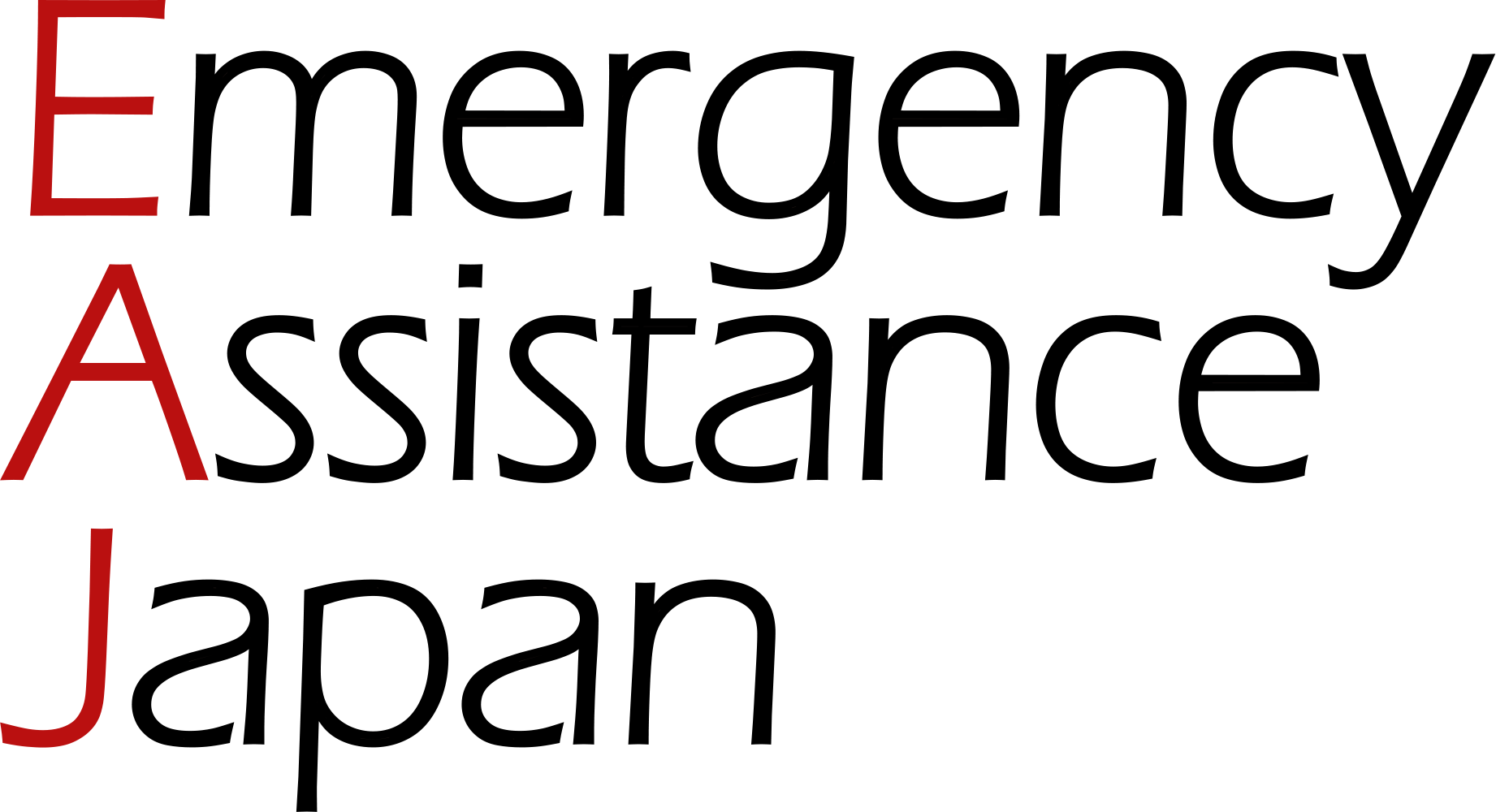Breast cancer(Breast carcinoma)
- HOME
- Cancer(View by Body Part)
- Breast cancer(Breast carcinoma)
- What is Breast Cancer?
What is Breast Cancer?
23.09.30
Breast cancer is a type of cancer in which cancer cells form in the breast tissue. Although it most commonly occurs in women, breast cancer can also occur in men. Breast cancer can occur in different parts of the breast and there are different types of breast cancer at different stages
Genetic factors, hormonal influences, lifestyle, and age may be involved in the pathogenesis of the disease. If there is a family history of breast cancer, regular checkups are recommended.
Symptoms of breast cancer include lumps in the breast, discharge from the nipple, breast deformities and swelling, skin changes (redness, indentations, skin shrinkage, etc.), and swollen lymph nodes in the breast and underarm. Breast cancer is diagnosed by examination of the breast, breast imaging (mammography and ultrasound), and biopsy (collection of a tissue sample)
An example of a proposed treatment for breast cancer
①Surgery
Breast-conserving surgery (partial mastectomy):
For early-stage breast cancer, this surgery is performed to remove the tumor and preserve the surrounding normal tissue.
Mastectomy:
When the tumor is large or other factors make a partial mastectomy difficult, surgery to remove the entire breast may be an option.
②Radiation Therapy:
Radiation therapy may be given after surgery. This is used to remove residual cancer cells and decrease the risk of recurrence
③Chemotherapy
Depending on the type and progression of breast cancer, chemotherapy may be used. Chemotherapy attacks cancer cells in the bloodstream and serves to slow or shrink the progression of the cancer.
④Hormone Therapy
Hormone therapy may be used for hormone-positive breast cancer. This treatment is designed to suppress the function of hormones and inhibit the growth of the cancer.
⑤Targeted Therapy:
Targeted therapy drugs may be used for breast cancer with specific molecular targets. These drugs act specifically on cancer cells and are unlikely to affect surrounding normal cells
Treatment plans are determined based on the patient’s individual condition and cancer characteristics, and often use a combination of several treatment modalities.
